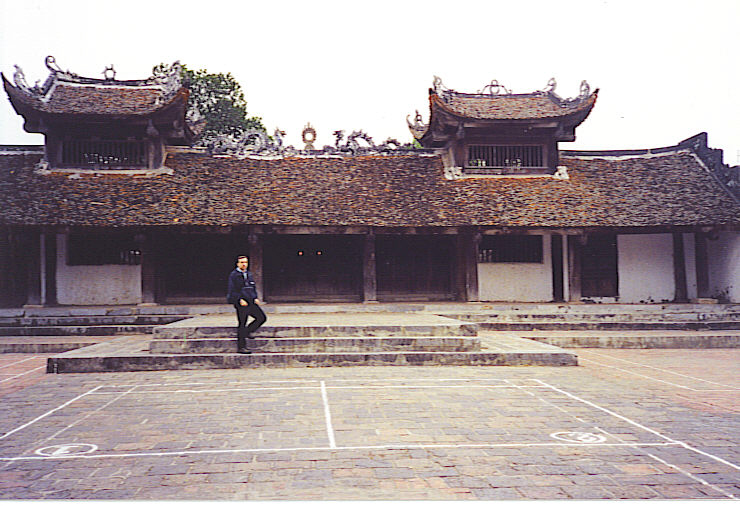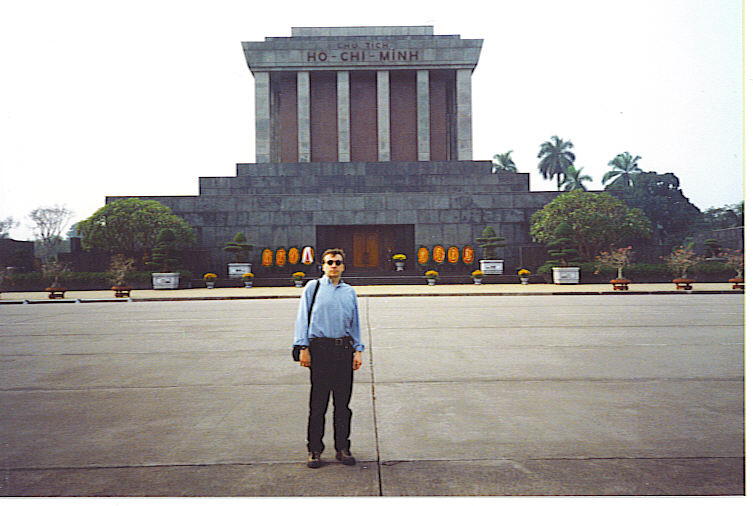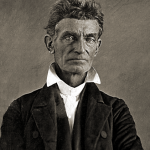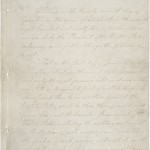 One hundred and fifty years ago, on December 31, 1862, a wide array of current and former slaves, freemen, abolitionists, and others anxiously awaited the coming of the new year. This new year would be different from all others, as President Abraham Lincoln had stated in his preliminary Emancipation Proclamation that the final Proclamation would be signed on January 1, 1863. [Click on the image to the left to see all five pages at the Archives.]
One hundred and fifty years ago, on December 31, 1862, a wide array of current and former slaves, freemen, abolitionists, and others anxiously awaited the coming of the new year. This new year would be different from all others, as President Abraham Lincoln had stated in his preliminary Emancipation Proclamation that the final Proclamation would be signed on January 1, 1863. [Click on the image to the left to see all five pages at the Archives.]
Assembling in churches, community houses, even fields, across a country still at war with itself, the people waited. Some with hope for freedom. Some with trepidation that the final Proclamation would somehow not be issued. Others with trepidation that it would.
Tonight marks the 150th anniversary of Watch Night. Churches in Washington DC, Springfield, IL, and elsewhere hold services to celebrate that fateful night. The Metropolitan Baptist Church in Washington DC has held Watch Night services for 35 years. According to the African American Civil War Memorial and Museum in Washington DC:
Frederick Douglass wrote that December 31, 1862 was “a day for poetry and song, a new song. These cloudless skies, this balmy air, this brilliant sunshine, (making December as pleasant as May), are in harmony with the glorious morning of liberty about to dawn up on us.” President Lincoln had promised a proclamation emancipating slaves in the states in rebellion 99 days earlier; and on “watch night,” Americans of African descent faithfully “watched” for his proclamation to be issued on the 100th day.
And so it was issued. The National Archives is displaying the original Emancipation Proclamation from December 30 to January 1 only. [Below, Lincoln depicted reading the Emancipation Proclamation to his cabinet, painting by Francis Bicknell Carpenter]

When the day arrived for issuance of the Proclamation Abraham Lincoln first had to entertain hundreds of visitors to the White House. For three hours he stood in a receiving line and shook hands. Afterward he went to his office and prepared to sign the document but found his hand shaking, not from hesitation but from the exhaustion of having greeted so many. Frederick Seward, son of Secretary of State William Seward, recorded the event:
At noon, accompanying my father, I carried the broad parchment in a large portfolio under my arm. We, threading our way through the throng in the vicinity of the White House, went upstairs to the President’s room, where Mr. Lincoln speedily joined us. The broad sheet was spread open before him on the Cabinet table. Mr. Lincoln dipped his pen in the ink, and then, holding it a moment above the sheet, seemed to hesitate. Looking around, he said:
“I never in my life felt more certain that I was doing right, than I do in signing this paper. But I have been receiving calls and shaking hands since nine o’clock this morning, till my arm is stiff and numb. Now this signature is one that will be closely examined, and if they find my hand trembled they will say ‘he had some compunctions.’ But anyway, it is going to be done.”
So saying, he slowly and carefully wrote his name at the bottom of the proclamation. The signature proved to be unusually clear, bold, and firm, even for him, and a laugh followed at his apprehension. My father, after appending his own name, and causing the great seal to be affixed, had the important document placed among the archives. Copies were at once given to the press.
The rest, as they say, is history.



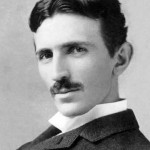 Today marked a milestone in the production of my forthcoming book,
Today marked a milestone in the production of my forthcoming book, 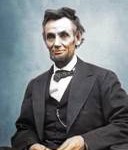 This delightful book published in 1947 is considered a classic in Abraham Lincoln literature, and is fairly rarely found on the book market. The subtitle “The Store that ‘Winked Out,’” is in reference to Lincoln’s famous quote about how at one time he was a partner in a general store and that it sort of fell out of existence (winked out). Lincoln’s time as a storekeeper is generally given short mention in the big full life biographies of him, and usually to state that Lincoln’s partner died a drunkard and Lincoln, in his famous honesty, took on and eventually paid all debts.
This delightful book published in 1947 is considered a classic in Abraham Lincoln literature, and is fairly rarely found on the book market. The subtitle “The Store that ‘Winked Out,’” is in reference to Lincoln’s famous quote about how at one time he was a partner in a general store and that it sort of fell out of existence (winked out). Lincoln’s time as a storekeeper is generally given short mention in the big full life biographies of him, and usually to state that Lincoln’s partner died a drunkard and Lincoln, in his famous honesty, took on and eventually paid all debts.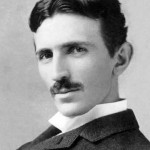 As
As 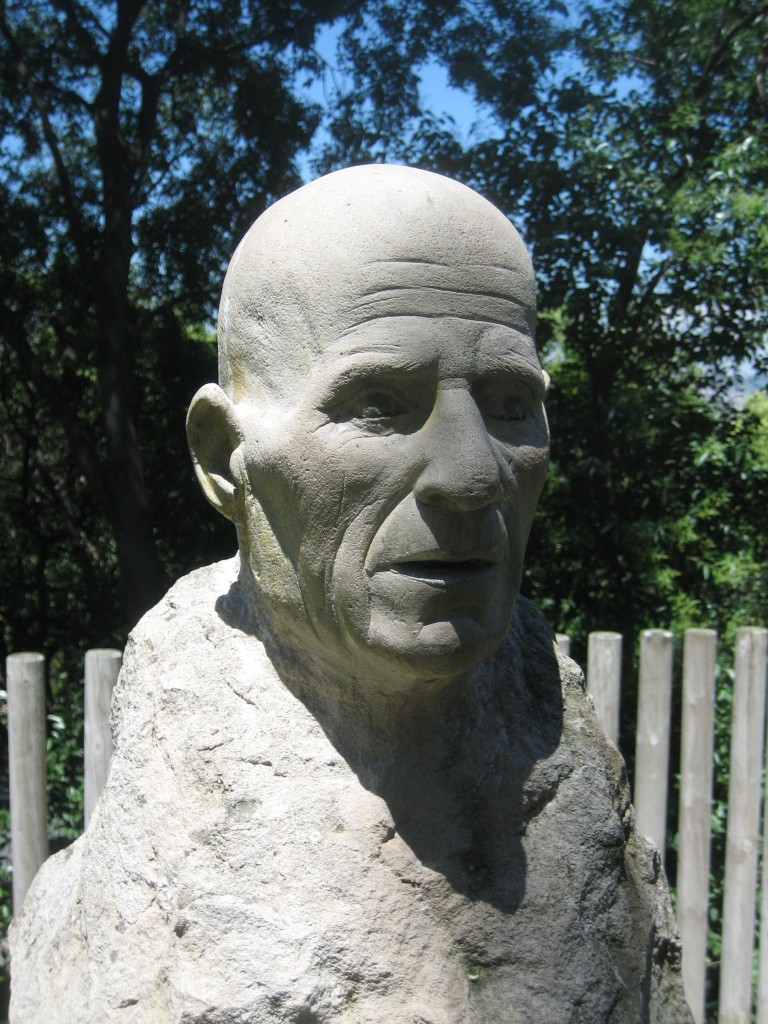
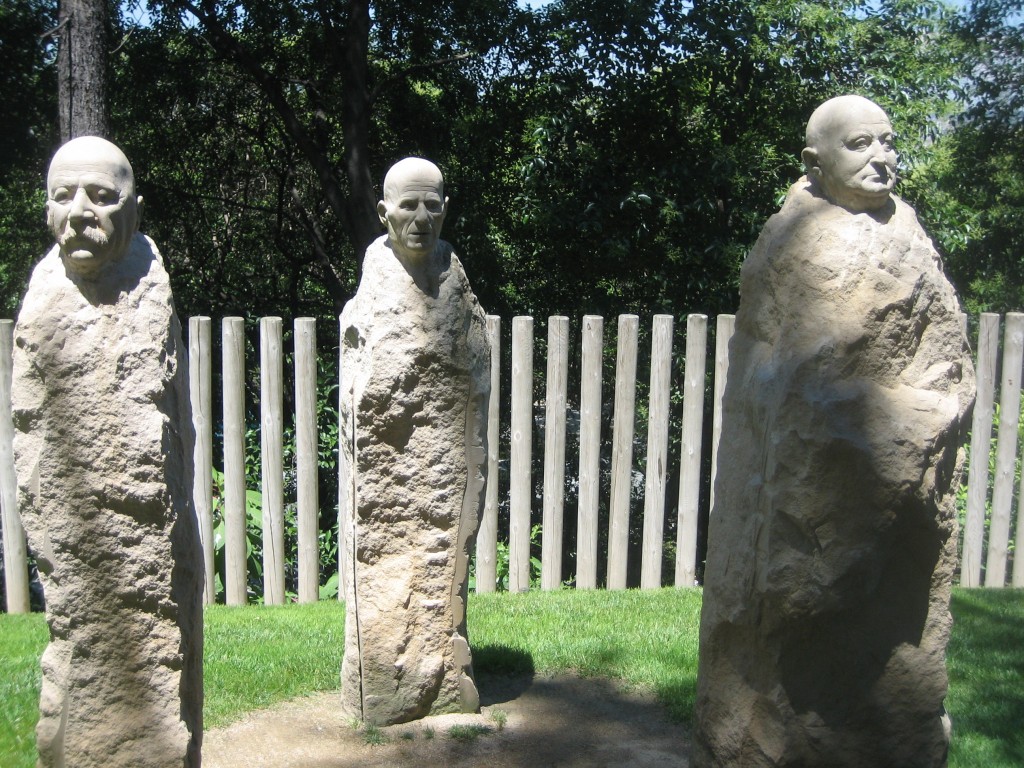
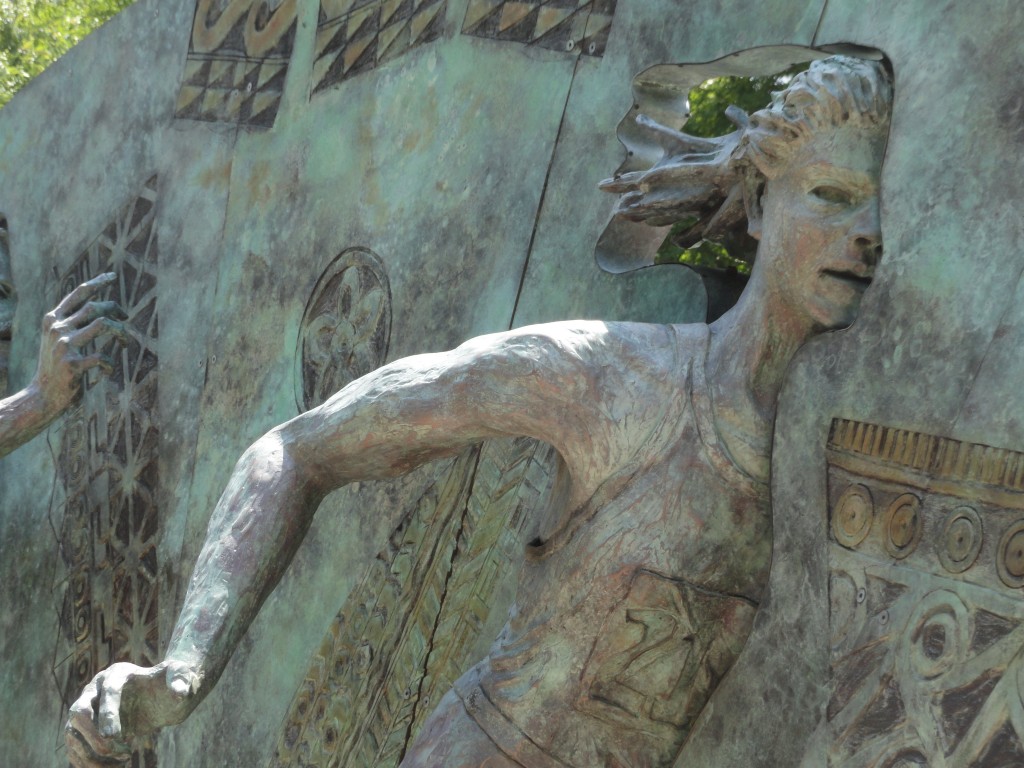

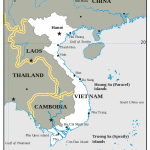 In my last post I reminisced about my first real traveling experience out of the USA – to
In my last post I reminisced about my first real traveling experience out of the USA – to 